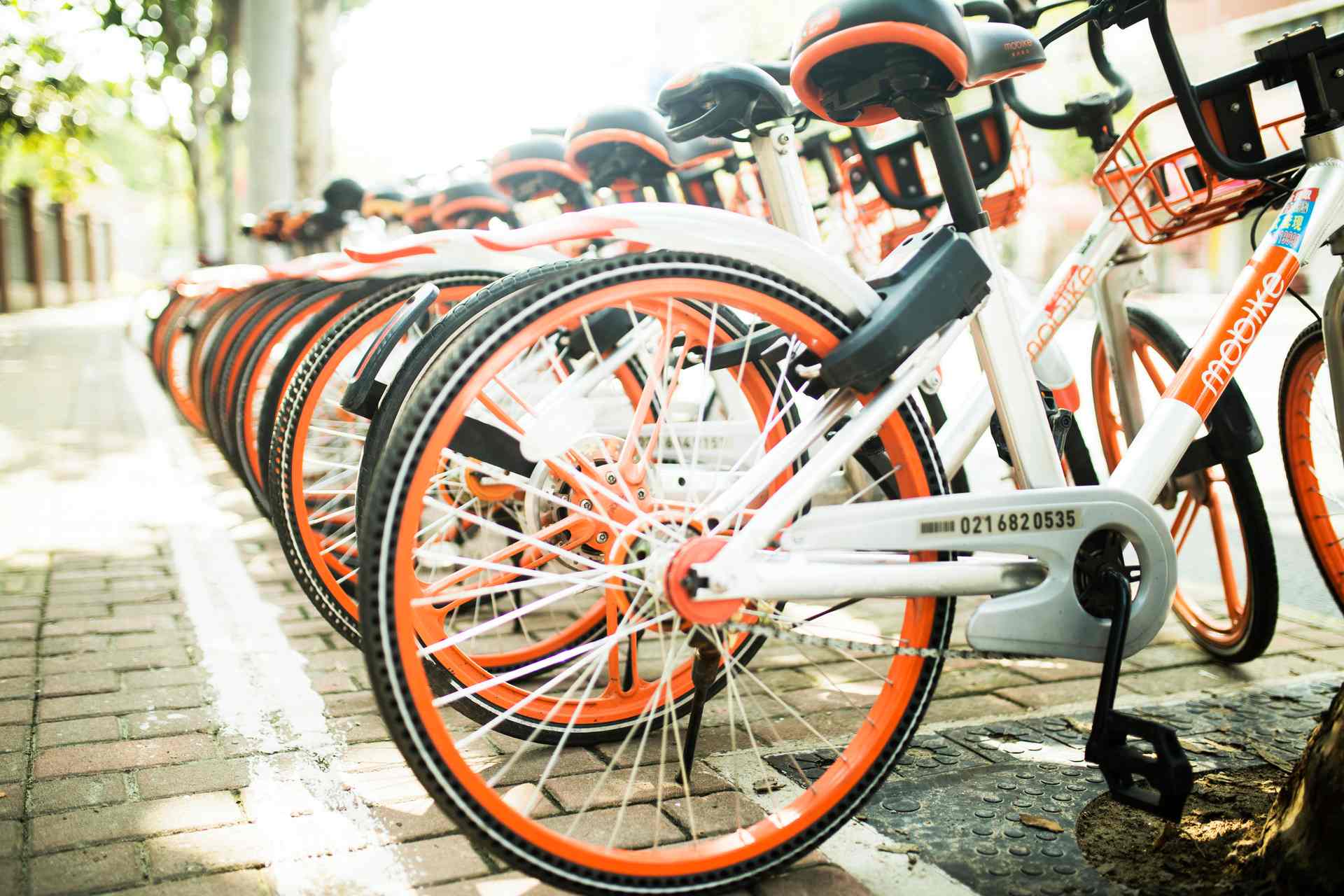Application of Bluetooth Road Beacon in the Shared IndustryAuthor:Abluetech Time:2023-11-14
In recent years, shared mobility has been growing rapidly around the world. Green, convenient shared bikes (including e-bikes) have connected various life scenarios like dining, entertainment, and more, bringing great convenience to people's commutes. However, the explosive growth of shared bikes has also led to many problems, such as disorderly parking, oversupply, bike piles, unlicensed bikes, irregular riding, privately set up stations, and cross-regional operations. These issues have not only negatively impacted urban traffic and cityscape, but also brought inconvenience and safety risks to citizens, leading to endless complaints and headaches for city managers.

Facing the many problems of shared bikes, government regulators and shared bike users have different focuses. The government needs to ensure shared bike operations comply with regulations, protect user rights, and maintain public order and social stability. Users hope to use convenient and reasonably priced shared bikes with service guarantees. To address these needs, government regulators need to enable data-driven and intelligent management of shared bike operations, and establish efficient management systems. Meanwhile, shared bike companies also need to enable data integration and intelligent management to provide more comprehensive services to users, and create an orderly urban landscape. Therefore, the industry has introduced a Bluetooth bollard device to facilitate intelligent management and efficient operations of shared bikes, jointly promoting the healthy development of the shared bike market.
The Bluetooth bollard is an intelligent device that enables positioning and navigation via Bluetooth technology. It mainly consists of a Bluetooth module, battery, circuit board, and enclosure. It has stable performance, reliable quality, and features like waterproof (IPX8), dust-proof, pressure resistant (2T), flame retardant, compact size, durability, easy installation, low maintenance costs, and low failure rates. It does no damage to the ground. Specific implementation cases are as follows:
(1) Positioning Service: The Bluetooth bollard provides more precise positioning services for shared bikes. By deploying Bluetooth Road Beacon interconnected with smartphones, the mobile app can obtain real-time location information of nearby bikes, providing users accurate bike searching and positioning services. Citizens no longer need to spend much time finding bikes, just go to a nearby station and easily get a bike, greatly improving the convenience and turnover efficiency of bike use. This not only solves the "parking randomly makes finding bikes difficult" problem, reduces the time users spend on finding bikes, but also improves the management efficiency of shared bikes, enabling operators to better monitor bike distribution and dispatch.
(2) Geofencing Solution: Utilizing Bluetooth Road Beacon to establish geofences, the city is divided into multiple zones, each with designated parking spots. When users park the bike in a specified zone, the Bluetooth bollard will send the bike's location to the server. The server judges whether it is within the range of the designated parking spot based on the location. If not, it will send an alert that parking is prohibited in this area to prevent disorderly parking.
(3) Bike Redistribution Solution: By installing Bluetooth Road Beacon on mobile devices, operations and management personnel can monitor the distribution of shared bikes across the city in real time and conduct bike redistribution based on demand. Meanwhile, the devices can automatically record bike failure information and location data to support maintenance and improve operational efficiency.
In summary, the application of Bluetooth Road Beacon in shared bikes has brought tremendous convenience and intelligence to the riding experience. By building geofences, providing accurate positioning services and rich user interactivity, it not only meets users' needs for convenient commuting, but also injects new vitality into the sustainable development of the shared bike industry.